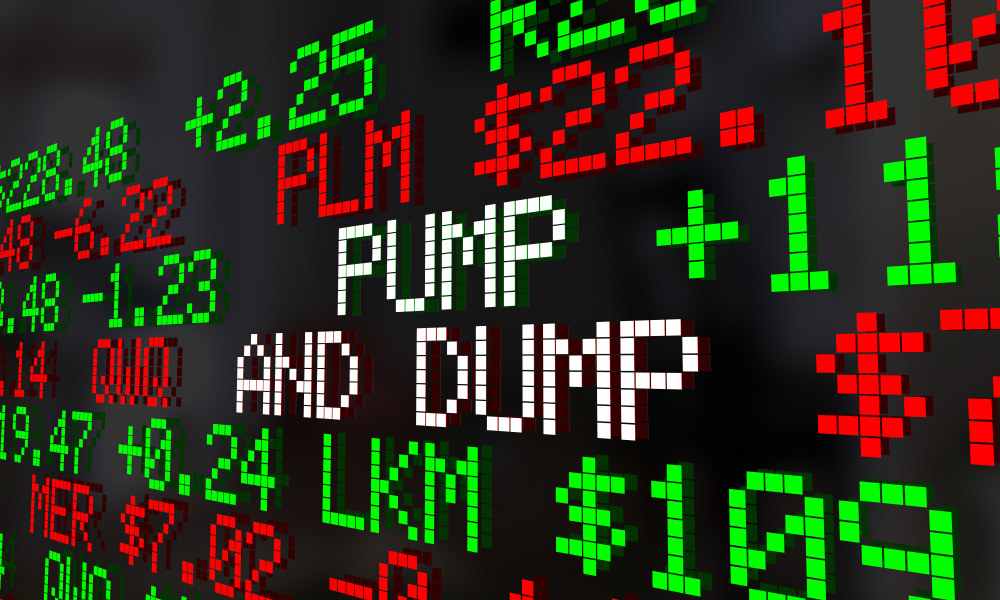
The Dutch Authority for the Financial Markets (AFM) has issued a warning about the dangers of pump-and-dump schemes in the cryptocurrency market. As the new Markets in Crypto-Assets Regulation (MiCA) is set to take effect on December 30, the AFM is preparing to supervise and enforce stricter rules. Pump-and-dump schemes involve artificially inflating the price of a crypto asset by spreading misleading or exaggerated information, often through social media. Once the price rises, the organizers sell their holdings, leaving other investors with losses. Hanzo van Beusekom, a member of the AFM’s executive board, stated that these schemes “undermine trust” in the crypto market, which is essential for its long-term potential.
MiCA Aims to Enhance Market Integrity
MiCA is the European Union’s new regulation designed to increase transparency and integrity in the crypto sector. It will explicitly prohibit manipulative practices like pump-and-dump schemes. The AFM has investigated several such cases in recent months and intends to enforce the new rules strictly once MiCA is in place. While the regulation is seen as a positive step towards elevating the crypto sector’s maturity and enhancing investor protection, the AFM acknowledges that MiCA will not eliminate all risks in the crypto industry.
Concerns Over Crypto Firms Moving to the Middle East
Despite the optimistic outlook for increased regulation, some experts are worried that MiCA could lead to an exodus of crypto firms from Europe to regions with more favorable regulations, such as the Middle East. Anastasija Plotnikova, CEO and co-founder of Fideum, a regulatory and blockchain infrastructure firm, expressed concerns that the new framework might cause companies to relocate. “I’m afraid it will lead to consolidation between European and American companies, and they will just move somewhere to the Middle East,” she told Cointelegraph. She pointed out that while the EU has done an excellent job harmonizing legislation, enforcement comes down to local and national authorities, which can vary greatly.
Potential Centralization and Impact on Small Firms
Plotnikova also raised concerns about the potential for increased centralization in the crypto industry due to MiCA. She believes the regulation could lead to consolidation, with larger firms overpowering smaller ones. “It will lead to a lot of consolidation. It will be a lot more predatorial, even VC practices or larger crypto companies just buying the talent, buying this off the shelf. But it is what it is,” she explained. This could make it more difficult for smaller firms with limited funds to scale, making the crypto industry more like traditional finance. “Crypto is becoming just like TradFi. The more money you have, the more assets under management, the easier it is to scale,” Plotnikova added.
European Banks Prepare for MiCA Implementation
Amid these concerns, some large European financial institutions are already preparing for MiCA by expanding their digital asset offerings. Societe Generale, one of the world’s largest banking groups, has partnered with Bitpanda to launch a MiCA-compliant stablecoin called EUR CoinVertible (EURCV). This move aims to make stablecoins a core part of the global financial system. Jean-Marc Stenger, CEO of Societe Generale-FORGE, stated that the partnership is a crucial step towards achieving this vision. “Together with Bitpanda, we are confident in our ability to offer European users a stable, secure, and accessible digital currency,” he said. Similarly, Germany’s largest federal bank, Landesbank Baden-Württemberg, announced plans to offer crypto custody solutions through Bitpanda’s digital asset platform.
Balancing Regulation and Innovation
As the December 30 implementation date approaches, the European crypto industry finds itself at a crossroads. While MiCA aims to protect investors and enhance market integrity, there is a delicate balance to maintain. The challenge lies in enforcing regulations that prevent manipulative practices without stifling innovation or driving firms to relocate to more lenient jurisdictions. The actions of regulators like the AFM and the responses of industry players will shape the future landscape of crypto in Europe.